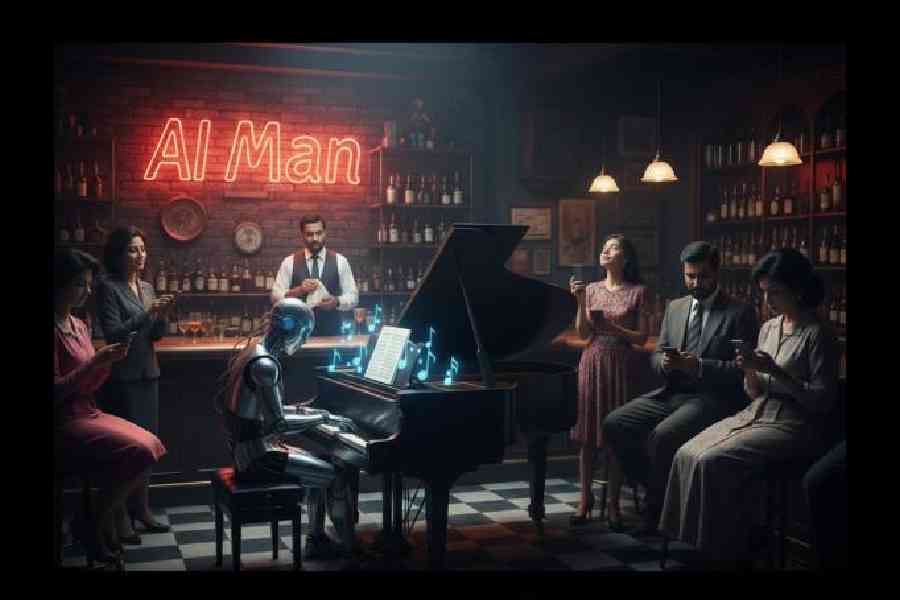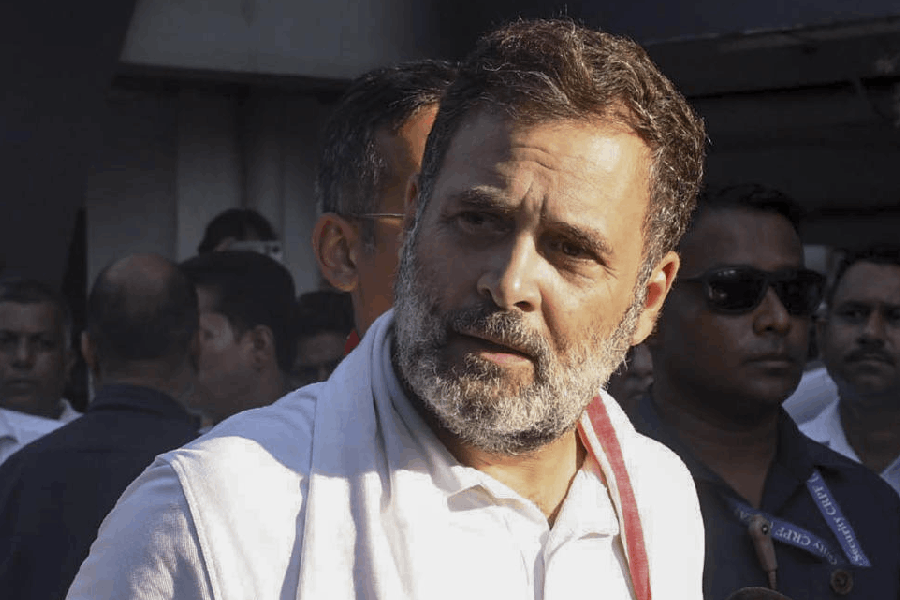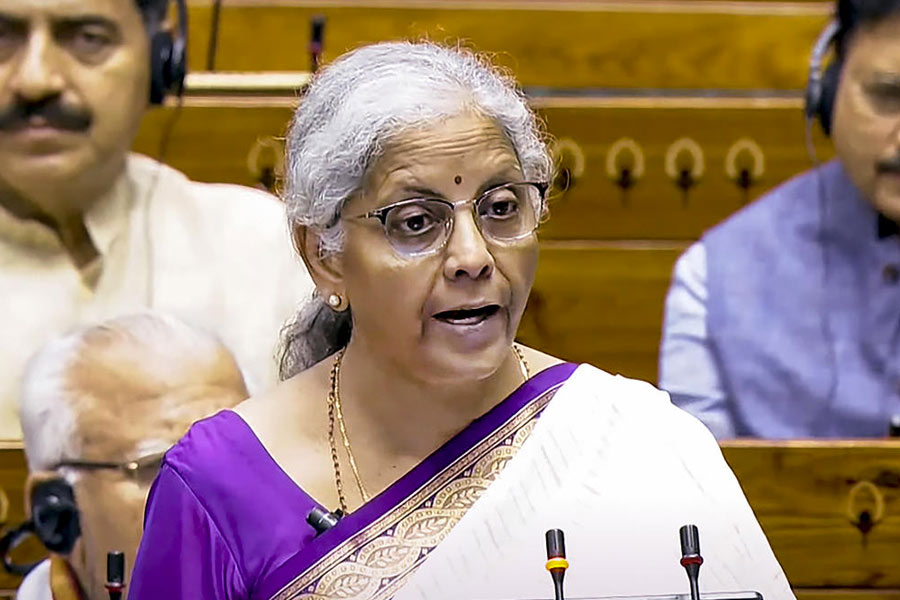Sing us a song, you’re the
Algorithm Man,
Sing us a viral tonight,
Well, we’re all in the mood
for distraction here,
And your prompts make us feel alright.
(Sung to the tune of Billy
Joel’s Piano Man)
Jimmy Donaldson aka MrBeast is worried, even with more than 445 million subscribers on YouTube. Free and easy-to-use artificial intelligence tools have flooded the Internet. And the 27-year-old, who has spent most of his life creating outlandish videos, now faces competition from chatbots capable of spitting out visual nuggets at a fraction of his cost.
“When AI videos are just as good as normal videos, I wonder what that will do to YouTube and how it will impact the millions of creators currently making content for a living… scary times,” he posted on X (formerly Twitter) on October 5, days after OpenAI launched Sora 2,
a generative AI software that can create photorealistic clips in minutes.
OpenAI said the latest version of its text-to-video tool, Sora, had been downloaded over a million times in less than five days since its launch on September 30 — achieving that milestone faster than ChatGPT did.
Social media feeds, be it Facebook, Instagram or X, are less focussed on news and more on content from creators worldwide. Ruling the feed are video snippets — Ronaldo flexing his abs, Donald Trump peddling misinformation, George Clooney posing with espresso, and Shah Rukh Khan promoting his son’s OTT series.
But that’s changing.
There’s now a proliferation of AI-generated content — think of a baby running from a T. Rex or body-cam footage of police making arrests — moving beyond social media feeds to having a feed of its own. This new stream is slowly becoming home to AI video slop.
The Cambridge Dictionary has recently added a new definition for the word slop: content on the Internet that is of very low quality, especially when it is created by artificial intelligence.
Towards the end of September, Meta announced its endless slop-feed Vibes, which is visible in the Meta AI app. OpenAI’s Sora app has a For You page that can be vertically scrolled. The clips look eerily real. Sample these:
Stephen Hawking in the middle of WWE wrestlers, John F. Kennedy discussing brand packaging, or a cartoon character in Nazi-style uniform. US laws ruling the depiction of deceased public figures remain unclear.
To encourage people to produce AI slop, Sora has a feature called Cameo that lets users make videos of themselves, their friends or any public-facing profile that grants access. A public-facing profile is an account visible to a wider audience, including non-friends.
With permission, Cameo saves your recorded video and uses it as a reference point to insert your likeness into future Sora videos. It means clips of OpenAI CEO Sam Altman attempting to shoplift a graphics card are circulating widely.
Google’s Gemini app is another way to slop-power your way through a bad day, thanks to its Nano Banana image generator. Users can ask the chatbot for a photo of themselves in the style of an ’80s film character or stare at a younger version of themselves.
“The lines could blur between natural, artificial and IP-infringing content, which would warrant labelling it ‘AI-generated’ at source. There should be clear guidelines on disclosure and education about how to use AI responsibly, introduced into school curricula and enterprise training,” Neil Shah, research vice-president at technology market research firm Counterpoint Research, told The Telegraph.
In India, Bollywood stars including Anil Kapoor, Aishwarya Rai Bachchan and Abhishek Bachchan have sought injunctions against misuse of their identity online, most of it AI-generated. Recently, the Delhi High Court has ruled in favour of Hrithik Roshan in a similar case. And in the US, Zelda Williams, daughter of the late Robin Williams, recently pleaded on social media: “Please, just stop sending me AI videos of Dad.”
The Motion Picture Association, representing media giants including Warner Bros, Universal, Disney and Sony, has said OpenAI needs to “take immediate and decisive action” to stop alleged copyright violations.
In a recent blog post, Altman said OpenAI would soon change tack to allow rights-holders to “opt in” if they want to be part of Sora and offer “granular control” over how their characters behave. Beyond OpenAI, Meta and Google, several other players are enabling realistic AI video generation.
Until laws governing AI video generation come into force, all users can do is look for telltale signs — inconsistent lighting, unnatural facial expressions, airbrushed skin or backgrounds that flicker or morph as a video progresses. Also, avoid uploading
photos to see how you would look in 25 years. After all, AI companies are always looking for more data to train their models.
In the meantime, Shah is optimistic that reality will beat AI. He says, “In the short term, AI videos will drive significant engagement due to sheer novelty and the personalisation factor, making you the ‘central character’ instantly in implausible scenarios. However, in the long term, fatigue will set in as the human mind seeks less hollow, more natural content that is truly ‘social’, driving value back to naturally generated content.”
Billy Joel might have sung:
Sing us a song, you’re the Algorithm Man,
Sing us a viral
just for tonight...










